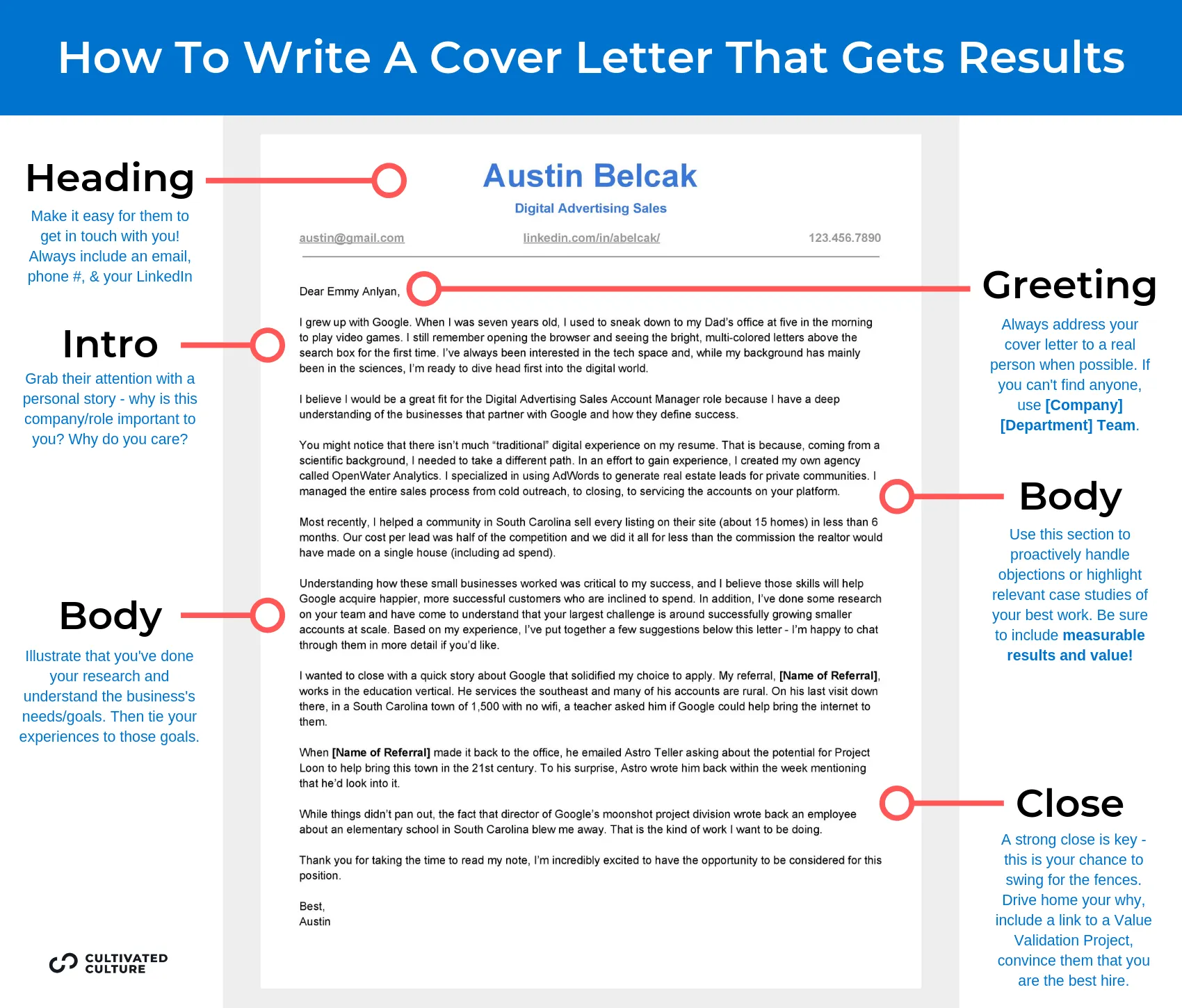Crafting a LinkedIn Cover Letter Why It Matters
In today’s competitive job market, a well-crafted LinkedIn cover letter can be your secret weapon. While many job seekers focus solely on their resumes, a compelling cover letter allows you to provide context, personality, and a targeted pitch that your resume alone cannot achieve. It’s an opportunity to demonstrate your genuine interest in the specific role and the company, showcasing why you are the ideal candidate. A cover letter personalizes your application, separating you from the generic applications flooding recruiters’ inboxes. By highlighting your relevant skills, experiences, and achievements, you significantly increase your chances of securing an interview. Think of it as your first impression, a chance to make a lasting impact and convince the hiring manager to delve deeper into your qualifications. A strong LinkedIn cover letter is not just a formality; it’s a strategic tool for career advancement.
Highlighting Your Profile Overview
Before you even begin writing, ensure your LinkedIn profile is up-to-date and optimized. Your profile acts as the foundation upon which your cover letter is built. Review your headline, summary, and experience sections, making sure they accurately reflect your current skills, experience, and career goals. The profile overview should act as a concise synopsis of your professional journey. Make sure the profile is current, includes any new skills and experiences, and also demonstrates your brand. Use relevant keywords from your target job descriptions throughout your profile to increase the likelihood of your profile appearing in recruiter searches. A well-crafted profile ensures consistency between your cover letter and your online presence, reinforcing your credibility and creating a cohesive narrative.
Showcasing Your Skills and Expertise
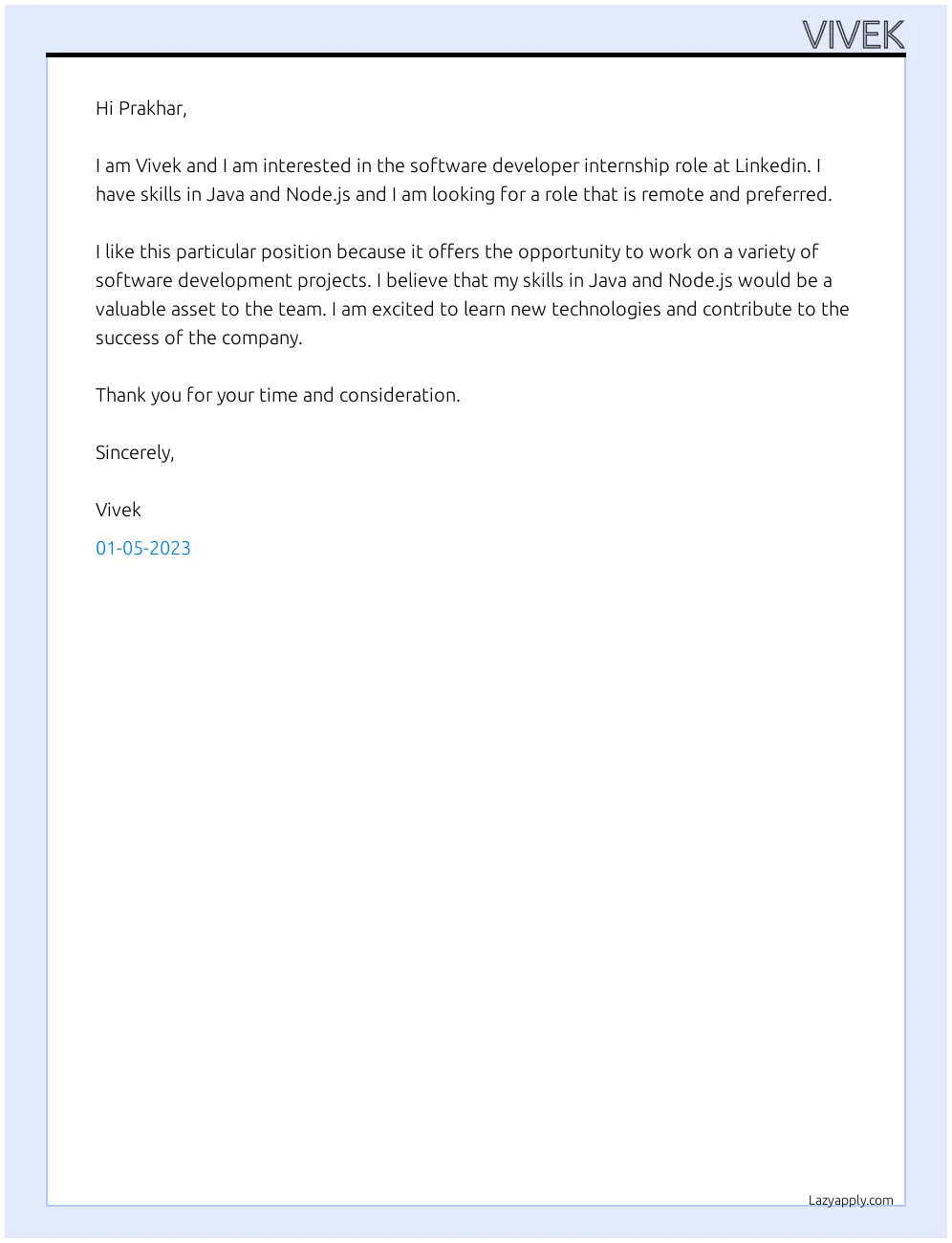
Your cover letter is where you can truly showcase your skills and expertise. While your resume lists your skills, your cover letter is where you bring them to life with specific examples. Identify the key skills required for the job and provide concrete examples of how you’ve demonstrated those skills in previous roles. Use the STAR method (Situation, Task, Action, Result) to structure your examples, making them clear, concise, and impactful. For instance, instead of simply stating “Managed a team,” you could write, “Managed a team of five marketing specialists, resulting in a 15% increase in lead generation within six months.” Tailor your skills showcase to align directly with the requirements outlined in the job description, demonstrating to the hiring manager that you possess the qualifications they seek and understand what the role entails.
Aligning with the Job Posting
A generic cover letter will not do the job. Each cover letter should be tailored to the specific job posting. Carefully read the job description, paying close attention to the key requirements, responsibilities, and desired skills. Identify the aspects of your experience and skills that directly align with these requirements. Your cover letter should address each of the essential points mentioned in the job posting, providing specific examples of how you meet or exceed them. Demonstrate your understanding of the role and the company’s needs. This targeted approach shows that you have taken the time to research the position and that you are genuinely interested in the opportunity.
Researching the Company Tailoring Your Letter
Before writing your cover letter, research the company and understand its mission, values, and culture. This research will help you tailor your letter to demonstrate your interest and fit within the organization. Visit the company’s LinkedIn page, website, and other online resources to gather information. Identify the company’s current projects, recent news, and any initiatives that resonate with your values or interests. Use this information to personalize your cover letter, mentioning specific aspects of the company that appeal to you and explaining how your skills and experience align with its goals. Show that you’re not just looking for any job, but that you’re particularly interested in contributing to their success. This level of personalization can significantly impress hiring managers.
Cover Letter Structure Key Components
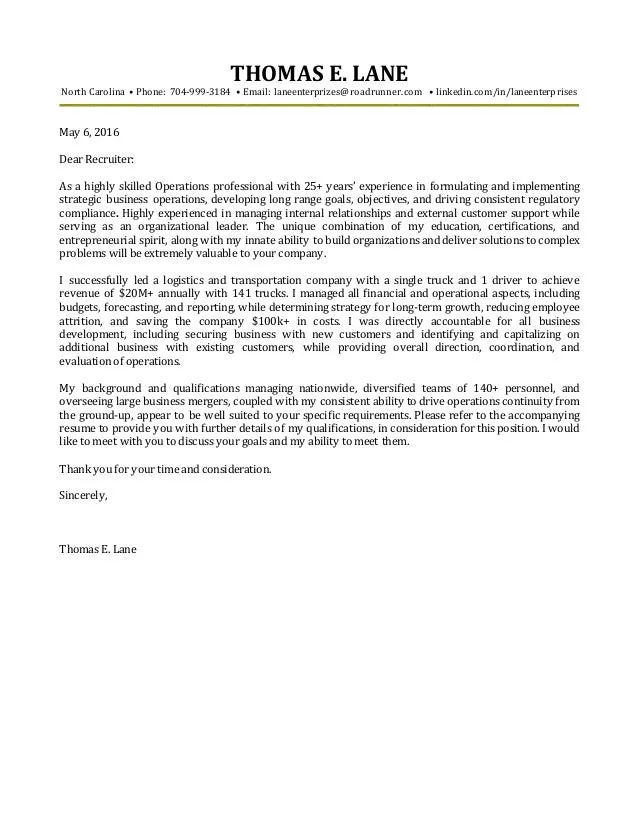
A well-structured cover letter is easy to read and highlights the most important information effectively. The essential components include a header, a greeting, a body that showcases your relevant experience, a call to action, and a professional closing. Each section serves a specific purpose in persuading the hiring manager to consider your application. A clear, concise structure allows the reader to quickly grasp your qualifications and understand your enthusiasm for the role. Following a proven format ensures you include all the critical details while maintaining a professional tone.
Header Contact Information
The header of your cover letter should include your contact information, ensuring that the hiring manager can easily reach you. Include your full name, phone number, email address, and LinkedIn profile URL. Ensure the contact information is current and professional. Keep your email address professional. The header provides easy access to your contact details and makes the application process smooth.
Greeting Addressing the Hiring Manager
Personalize your greeting whenever possible. The ideal approach is to address the hiring manager by name. You can often find the name of the hiring manager on the job posting or by researching the company on LinkedIn. If you cannot find a specific name, use a professional greeting, such as “Dear Hiring Manager.” Avoid generic greetings like “To Whom It May Concern,” as they suggest a lack of effort and personalization. Using the hiring manager’s name can immediately capture their attention and show that you’ve taken the time to research the company and the opportunity.
Body Highlighting Relevant Experience
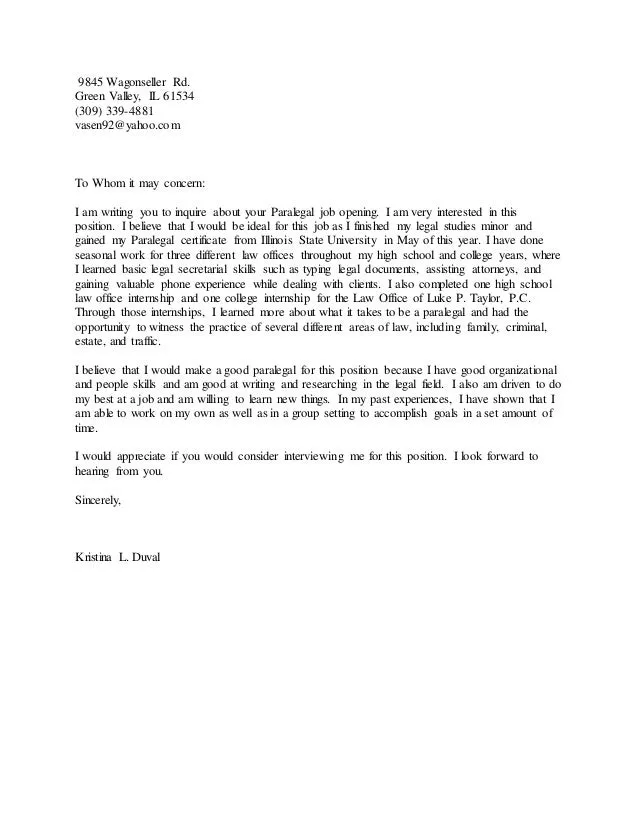
The body of your cover letter is the core of your pitch. This is where you demonstrate how your skills and experience align with the job requirements. Start by briefly introducing yourself and stating the position you are applying for. Then, highlight 2-3 key achievements or experiences that directly relate to the job description. Provide specific examples and quantify your accomplishments whenever possible. Focus on the value you can bring to the company, explaining how your skills and experiences have benefited previous employers. Show the hiring manager what you can do for them.
Quantifying Achievements Using Numbers
Using numbers to quantify your achievements makes your cover letter more impactful and credible. Instead of saying “Improved sales,” say “Increased sales by 15% in six months.” Similarly, instead of “Managed a team,” say “Managed a team of ten employees, resulting in a 20% increase in team productivity.” Whenever possible, use metrics, percentages, and specific data to illustrate the results of your actions. Numbers provide concrete evidence of your capabilities and help the hiring manager understand the value you can bring to their organization.
Expressing Enthusiasm and Interest
Expressing genuine enthusiasm for the role and the company can set you apart from other candidates. Show that you’re excited about the opportunity and the prospect of contributing to the company’s success. Mention specific aspects of the company or the role that appeal to you. Explain why you’re particularly interested in working there and what you hope to achieve in the position. Your enthusiasm can make a positive impression and demonstrate your strong desire to join the team. Conveying your excitement lets the hiring manager know that you’re invested in both the role and the company’s success.
Call to Action Encouraging Contact

Conclude your cover letter with a clear call to action. Encourage the hiring manager to contact you for an interview. Reiterate your interest in the position and express your eagerness to discuss your qualifications further. Include your contact information again, making it easy for them to reach out. A strong call to action ensures that the hiring manager knows you are ready to take the next step and makes the process of contacting you as simple as possible. This can be as simple as stating “I am eager to discuss how my skills and experience can contribute to [Company’s Name] success, and I look forward to the opportunity to speak with you.”
Closing Professional Sign-Off
End your cover letter with a professional closing, such as “Sincerely,” “Best regards,” or “Thank you.” Avoid overly casual closings. After your closing, leave space for your signature if you are submitting a printed cover letter or if you are converting to a PDF, type your full name. Maintain a professional tone throughout your cover letter to leave a positive impression.
Formatting and Design Making It Readable
The visual presentation of your cover letter is as important as its content. A well-formatted cover letter is easy to read and makes a positive first impression. Use clear, concise formatting to enhance readability and ensure your message is effectively conveyed. Pay attention to font choice, white space, and overall layout to make your cover letter stand out.
Font Choice and Size
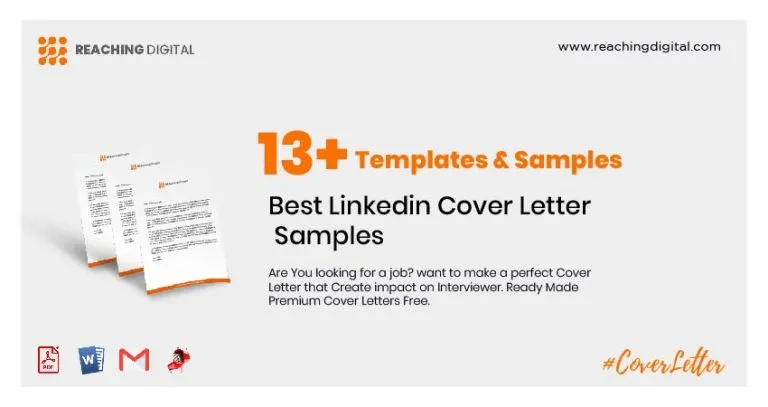
Choose a professional and easy-to-read font, such as Arial, Calibri, or Times New Roman. Ensure the font size is between 11 and 12 points for comfortable reading. Avoid using unusual or overly stylized fonts, as they can detract from the content. A standard font and size improve readability, making it easier for the hiring manager to focus on your qualifications.
White Space and Visual Appeal
Use white space to break up the text and make your cover letter visually appealing. Use single or 1.15 line spacing and include ample space between paragraphs. Avoid cramming too much text onto one page. A clean layout and ample white space prevent your cover letter from appearing cluttered. They also provide a more professional look and make it easier for the hiring manager to read and digest the information.
Proofreading and Editing Ensuring Accuracy
Before submitting your cover letter, proofread it carefully for any errors. Typos, grammatical errors, and inconsistencies can undermine your credibility. Check for spelling mistakes, punctuation errors, and any awkward phrasing. Read your cover letter aloud to catch any inconsistencies. Ask a friend or career counselor to review your cover letter to provide a second opinion. A polished cover letter demonstrates your attention to detail and commitment to quality. Ensure the accuracy of your cover letter to present yourself in the best possible light.
Common Mistakes to Avoid
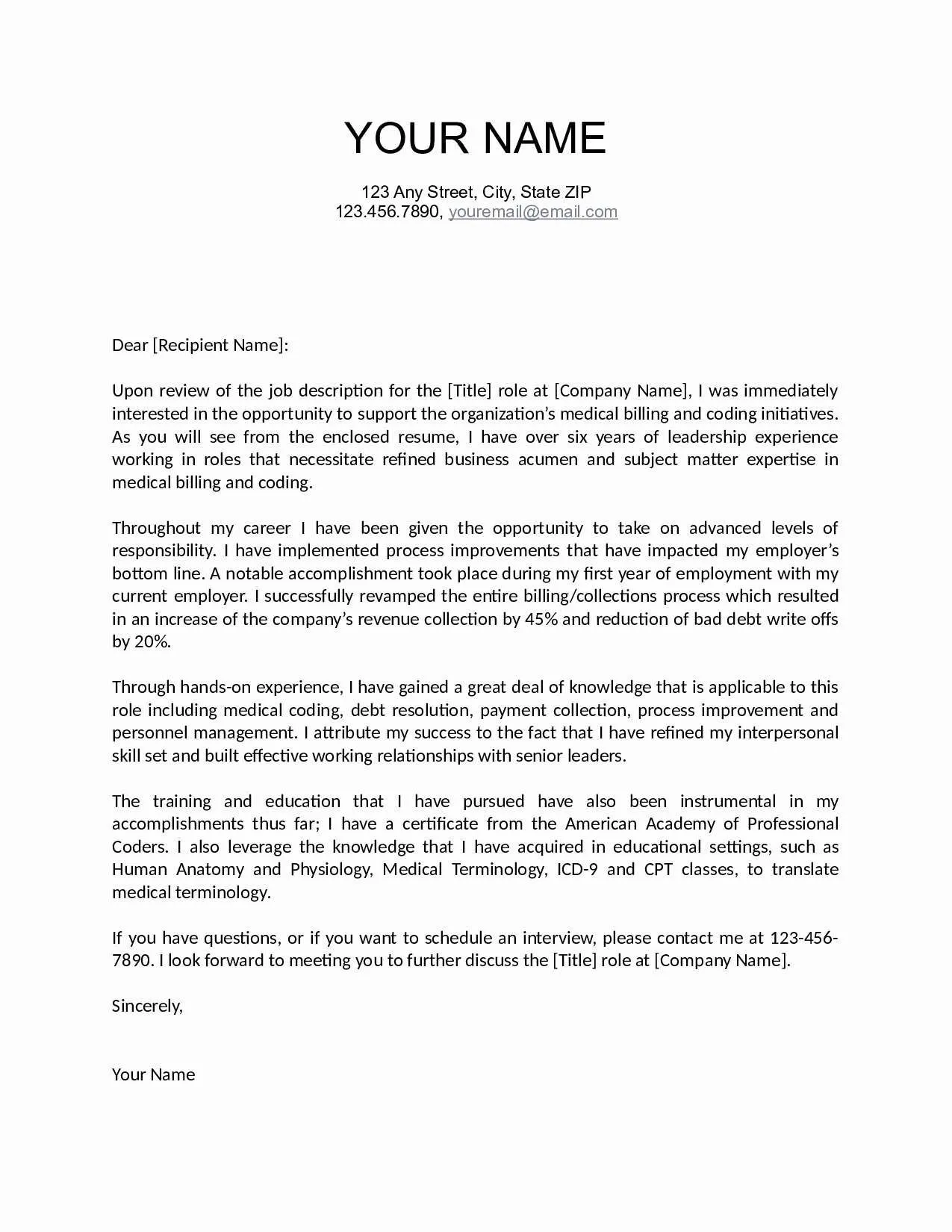
Several common mistakes can significantly weaken your cover letter and damage your chances of getting an interview. Avoiding these pitfalls is crucial for making a positive impression. The most frequent errors include a lack of personalization, typos and grammatical errors, and writing a letter that’s overly long.
Generic Cover Letters Lack of Personalization
Avoid sending a generic cover letter that could apply to any job. Personalize your letter for each position by tailoring it to the specific job requirements and the company’s values. Highlight the skills and experiences most relevant to the role and show why you are a good fit for that particular organization. Generic cover letters show a lack of effort and do not demonstrate your genuine interest in the position. Customize your letter to show you’ve taken the time to understand the role and the company’s needs, thus setting yourself apart from the rest.
Typos and Grammatical Errors
Typos and grammatical errors can damage your credibility and suggest a lack of attention to detail. Always proofread your cover letter carefully before submitting it. Use spell-check and grammar-check tools, but do not rely solely on them. Read your cover letter aloud to catch any awkward phrasing or inconsistencies. Ask a friend or career counselor to review your letter for any errors you might have missed. Ensure a polished and error-free cover letter to present yourself in the best possible light.
Overly Long Length
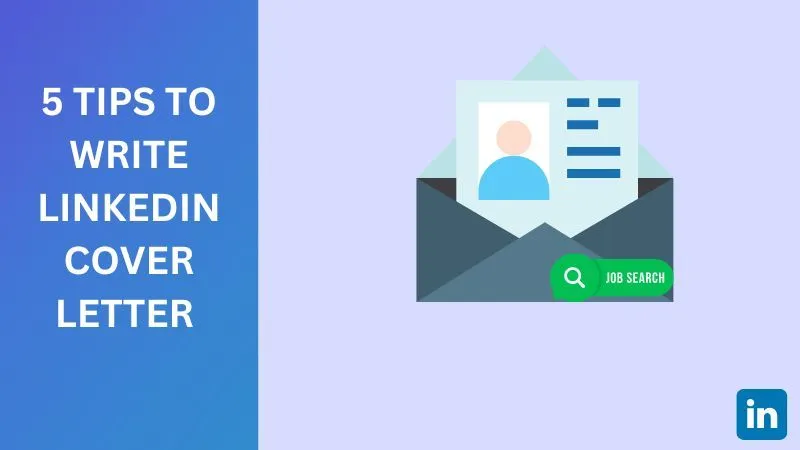
Keep your cover letter concise and to the point. Hiring managers are busy and may not have time to read a lengthy letter. Aim for a single page, unless specifically instructed otherwise. Focus on highlighting your most relevant skills and experiences. Avoid including unnecessary details. A concise cover letter shows that you value the hiring manager’s time and that you can communicate effectively.
Submitting Your Cover Letter
The submission process for your cover letter depends on how you are applying for the job, whether it is directly on LinkedIn, through a company website, or via email. The specific steps you take can influence how your application is received. Properly formatting and attaching your cover letter can also increase the chances of it being reviewed. Following a few simple tips will ensure your application is presented professionally and effectively.
Uploading to LinkedIn How to Attach
When applying for a job on LinkedIn, you will typically be given the option to upload your resume and cover letter. Make sure to upload both documents. LinkedIn often provides a dedicated section for uploading your cover letter. Follow the platform’s instructions carefully. Name your files clearly (e.g., “YourName_CoverLetter.pdf”) to make it easy for the hiring manager to identify them. If there is no option to upload a cover letter, you can often paste your cover letter content into the “Notes to the Recruiter” section or a similar field. If there is no option to upload or add a note, then you should send a direct message to the hiring manager.
Sending via Direct Message When to Use
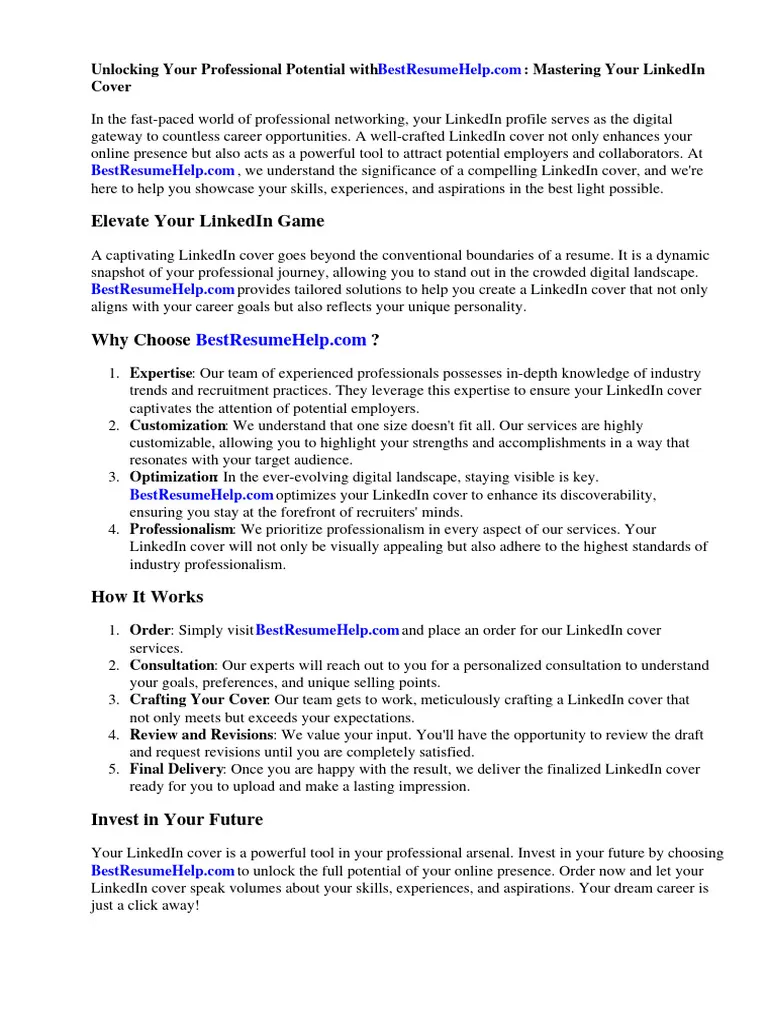
If you cannot attach a cover letter through the standard application process, you can send a direct message to the hiring manager or recruiter on LinkedIn. However, before doing this, ensure that the company or recruiter allows direct messaging. Start by personalizing your message. Briefly introduce yourself and state the position you are applying for. Attach your cover letter and resume as PDF files. Express your enthusiasm for the role and the company and briefly highlight your qualifications. Keep the message concise and professional. This approach is particularly effective for networking and connecting with recruiters and hiring managers directly.
Following Up After Submission
After submitting your cover letter and application, follow up with the hiring manager or recruiter. This demonstrates your continued interest in the role and can increase your chances of getting an interview. Send a polite and professional follow-up email approximately one to two weeks after submitting your application. Reiterate your interest in the position and briefly mention your key qualifications. If possible, mention any specific points from your cover letter that you would like to elaborate on. Express your eagerness to discuss your application further. Thank the hiring manager for their time and consideration. Following up shows that you are proactive and enthusiastic about the opportunity, which can leave a positive impression.
Tracking Your Applications
Keep track of your job applications to stay organized and manage your job search effectively. Create a spreadsheet or use a job application tracking tool to record details such as the job title, company name, date of application, and any follow-up actions. Note the contact person’s name, the date of any interviews, and any feedback you have received. Tracking your applications helps you manage the process, remember key details, and follow up at the appropriate times. A well-organized job search process can improve your chances of success.
Refining Your Approach Continuous Improvement
Writing a successful LinkedIn cover letter is an ongoing process of learning and improvement. After submitting your applications, take the time to reflect on the experience and identify areas where you can improve. Seek feedback from career counselors, mentors, or trusted colleagues. Analyze your interview results and feedback to understand your strengths and weaknesses. Update your cover letter template and revise your approach. Make adjustments based on your experiences and the feedback you receive. The goal is to continuously refine your approach to create cover letters that effectively showcase your skills and secure job interviews.
